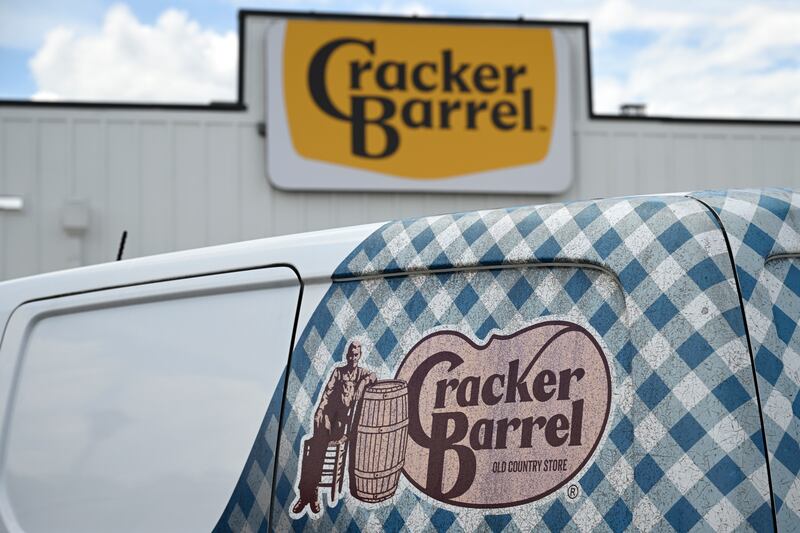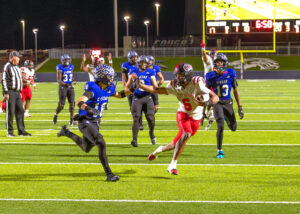
Cracker Barrel, a well-known restaurant chain, is grappling with a significant decline in customer traffic and stock prices due to recent branding decisions. The company’s leadership opted to replace its traditional logo, featuring a rustic image of an older man leaning on a barrel, with a modernized design created by the consulting firm Prophet. This change, along with a shift in store decor to a corporate style, has led to a sharp drop in customer loyalty and a dramatic fall in stock value.
In response to the backlash, Cracker Barrel has severed ties with Prophet and is now working to restore its original atmosphere and imagery. The move underscores the importance of understanding customer sentiment and the potential repercussions of straying too far from brand identity. The turmoil reflects a larger lesson in management theory, particularly the insights of renowned management consultant Peter Drucker.
Analyzing Management Lessons from Cracker Barrel’s Mistakes
Peter Drucker rose to prominence in the business world after World War II with his influential work, “The Concept of the Corporation,” which examined the operations of General Motors. His insights revolutionized corporate management, although reactions within GM were mixed. Notably, executive Charles Wilson valued Drucker’s analysis, which later influenced his role as Secretary of Defense under President Dwight D. Eisenhower.
Drucker’s teachings extended into various sectors, including education and organizational behavior, even advising on post-war reconstruction efforts in South Korea. Despite not being widely taught in business schools, Drucker’s principles resonate with practitioners, emphasizing the significance of understanding human dynamics within organizations.
Cracker Barrel’s recent challenges echo Drucker’s warnings against neglecting the human element in business. The company’s attempt to modernize its image failed to consider the emotional attachment customers had to its traditional branding. In a rapidly changing market, customer loyalty can be fragile, and brands must navigate this landscape carefully.
The Importance of Brand Identity and Customer Connection
The drastic changes at Cracker Barrel, including the removal of its iconic logo and the shift away from its country store aesthetic, illustrate a disconnect with the customer base. After the redesign, the company saw a notable decline in patronage, leading to an urgent reevaluation of its strategy.
Management’s inclination to embrace a more corporate image overlooked the emotional connection customers had with the brand’s heritage. Such missteps highlight Drucker’s belief in the importance of incremental change rather than sweeping transformations that may alienate loyal customers. His emphasis on understanding the motivations and dynamics of individuals within an organization remains pertinent today.
The experience serves as a critical reminder for Cracker Barrel and similar businesses about the need to balance innovation with tradition. As the company works to regain its footing, it faces the challenge of reestablishing trust and loyalty among its customer base. The path forward will require not only a return to its roots but also a re-engagement with the values that originally defined the brand.
In conclusion, Cracker Barrel’s struggles reflect broader themes in management and branding, reinforcing the enduring relevance of Peter Drucker‘s insights. Companies must heed the lessons of customer connection and brand identity to avoid similar pitfalls in the future. As Cracker Barrel navigates this crisis, it will be crucial for leadership to embrace these principles for long-term success.






